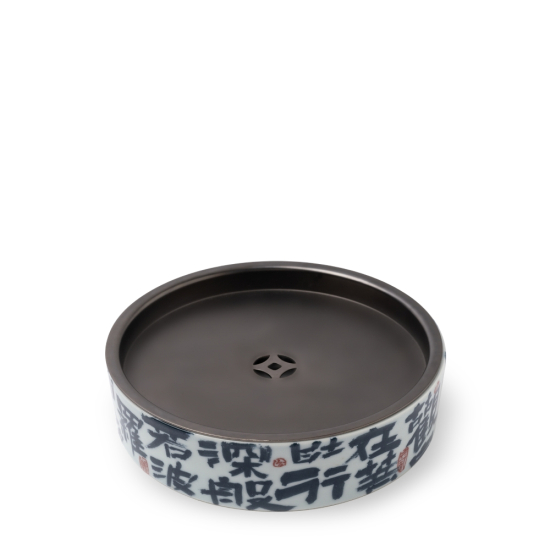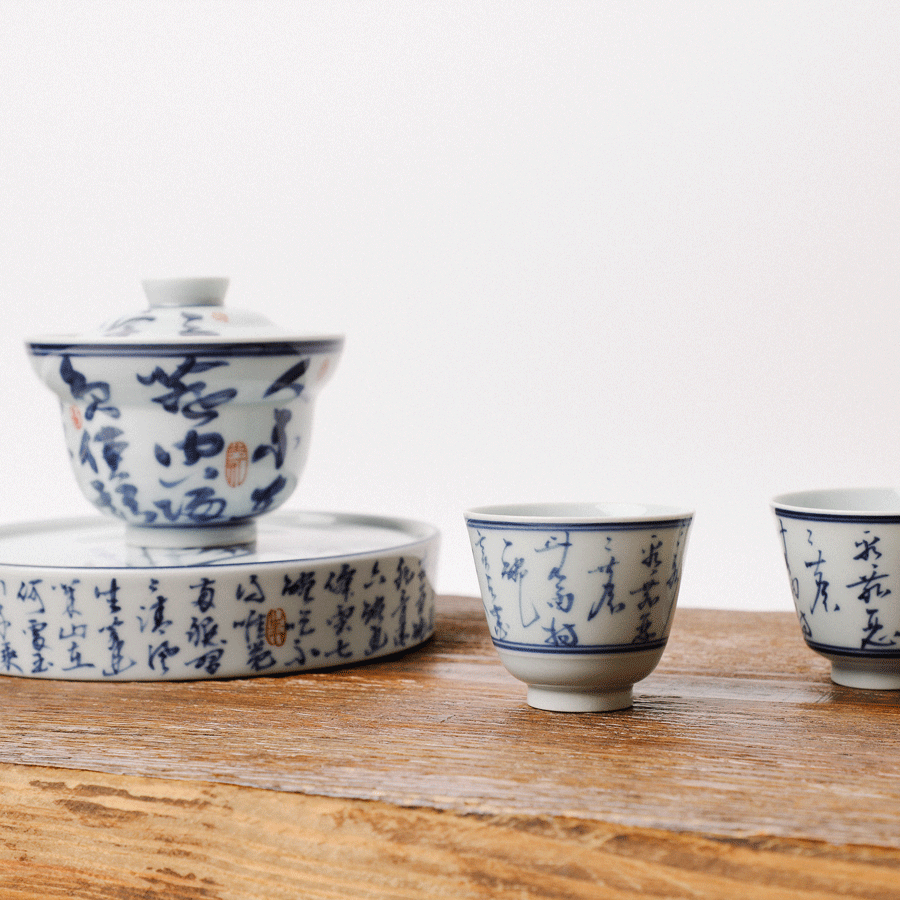Der wohl bekannteste und bis zum heutigen Tag ungebrochen beliebte Keramikstil, die blau-weiße Keramik (Chinesisch: Qing Hua = "blaue Blumen/Muster"), war im Jingdezhen des 14. Jahrhundert ein geradezu revolutionäres Produkt. Erste Spuren blau-weißer Keramik lassen sich zwar bereits bis in die Tang-Dynastie (618-907) zurückverfolgen, erst in der Yuan-Dynastie (1279-1368) allerdings begannen die Töpfer in Jingdezhen den Ton und die spezielle Brenntechnik so zu perfektionieren, dass eine gesteigerte Produktion hochwertigen Qinghua Porzellans erst richtig möglich wurde. Hauptbestandteil des leuchtend-blauen Farbtons ist Kobaltoxid, eines der wenigen Pigmente, die den hohen Brenntemperaturen von Porzellan standhalten. Das bemerkenswert stabile Pigment wurde ursprünglich aus Persien importiert und wird vor dem Brennen unter die Glasur aufgetragen. Obwohl die Herstellung blau-weißen Porzellan mittlerweile auch in vielen anderen Ländern als China erfolgt, gilt das Original aus Jingdezhen bis heute zum Wertvollsten seiner Art.
Hu Cheng Stand
Guanzizai
Jingdezhen
SKU
7785
A double-layered Hu Cheng stand for teapots or Gaiwan with a concealed drainage compartment. Handcrafted in a bold blue and white style in Jingdezhen, the "porcelain capital" of China, this Hu Cheng bears the Chinese characters for Guanzizai, the Bodhisattva of Compassion, together with a passage from the popular Heart Sutra. Pair with the Guanzizai Gaiwan and teacup.
| Product | Hu Cheng double layer teapot stand |
|---|---|
| Origin | Jingdezhen, Jiangxi, China |
| Dimensions | Ø14.5cm x H3.5cm |
| Material | Porcelain, metal |
| Decoration | 觀自在 |
Each item is handmade and unique, therefore size and brushstokes will vary slightly
In stock



















